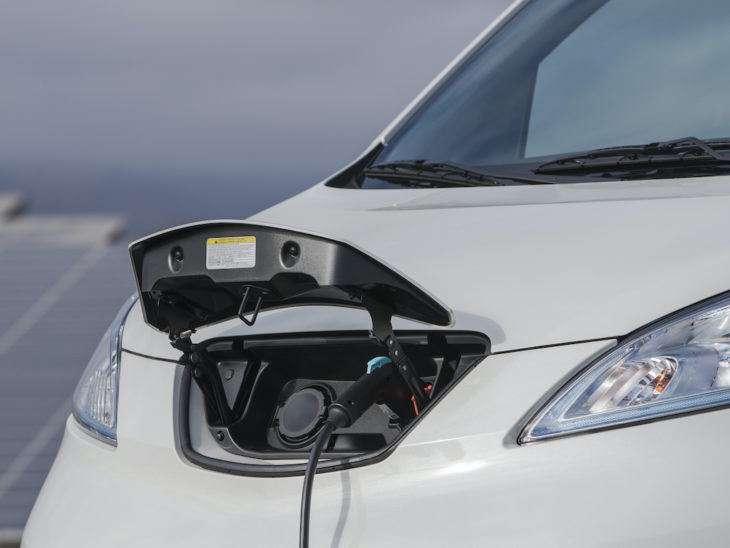Fleets are being urged to see the bigger picture on the savings from going electric to help support the Government’s road to zero target.
Latest data from the SMMT shows that while registrations of battery electric cars increased by 77.6% in August, accounting for 6.4% of the market, they make up just 4.9% of registrations year to date, up from 1.1% in the same period last year – this clearly illustrates the scale of the challenge ahead to reach the government target for EVs to comprise 70% of new car sales by 2030.
Although research, such as from RingGo, continues to show how drivers are being put off switching to fully electric vehicles due to concerns over cost – as well as range and infrastructure – Venson says it’s vital to look at the whole-life costs (WLCs) of an electric vehicle compared to a petrol or diesel as they could incentivise employees to go electric and build a fleet case for making the transition.
According to Simon Staton, director of client management for Venson, EVs can provide savings under many of the constituent parts of WLCs, which include purchase price, level of depreciation, servicing and maintenance costs, company car tax, warranty and expected fuel expenditure.
Savings on servicing are one of the key attractions, with EVs not requiring changes on oil, air filter, transmission fluid, exhaust pipe or radiator hoses. Staton outlined: “Not only does that make an EV cheaper from a service, maintenance and repair (SMR) viewpoint, because there are fewer moving parts to go wrong, it means potentially improved reliability and reduced off-road times. Pure EVs, as opposed to range-extended EVs and PHEVs, will typically have lower annual mileage and therefore will almost certainly hit date-derived service intervals before mileage intervals.”
Venson also pointed to Go Ultra Low research which found the average yearly spend for servicing and maintenance of a petrol or diesel car is £400, more than four times the sub-£100 annual spend for an electric model. The saving on PHEVs is not as great but can be around 20%, depending on how many miles are driven on electric power. The more miles driven using the internal combustion engine will result in wear and tear on friction items and greater oil use among other factors.
And with the cost of charging coming out significantly lower than the cost of petrol or diesel, drivers and fleets can also make significant fuel savings; Go Ultra Low’s Online Electric Car Journey Price Indicator provides an idea of cost savings on journeys.
As for residual values, Staton continued: “The main consideration is whether the technology in the vehicle will remain viable and is perceived to be something that has a future that will be valued by the marketplace. This will depend on desirability and availability of reliable data.”
But as well as bringing savings, switching to fully electric cars as well as hybrids and plug-in hybrids can help with a company’s eco and CSR policies.
Staton concluded: “Fleets and businesses play a vital role in transitioning the UK car parc to zero-emission vehicles and with 34 new plug-in vehicles due to launch by the end 2020 now is the time to review fleet requirements to comply with environmental standards and ensure a solid ethical reputation of a business.”











































